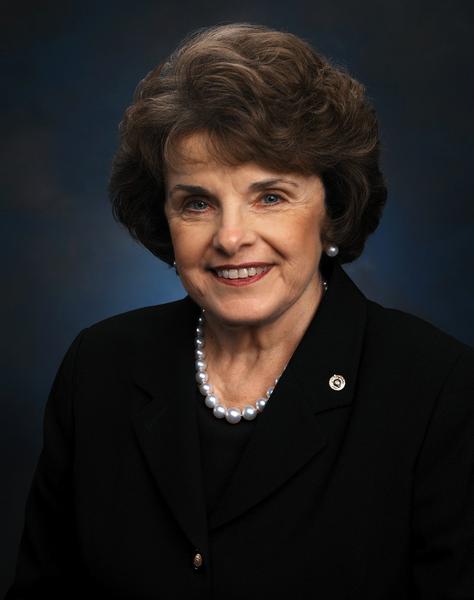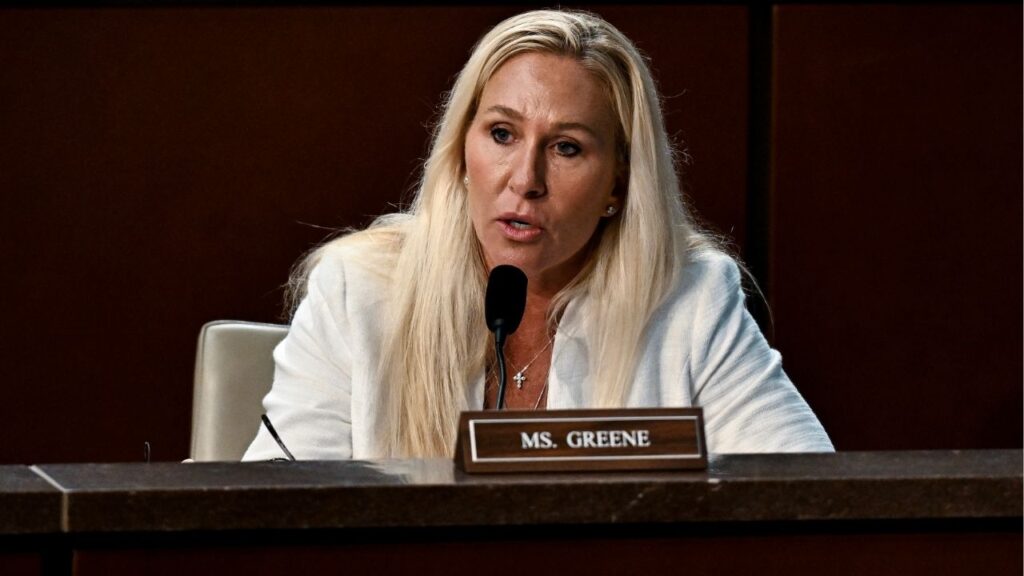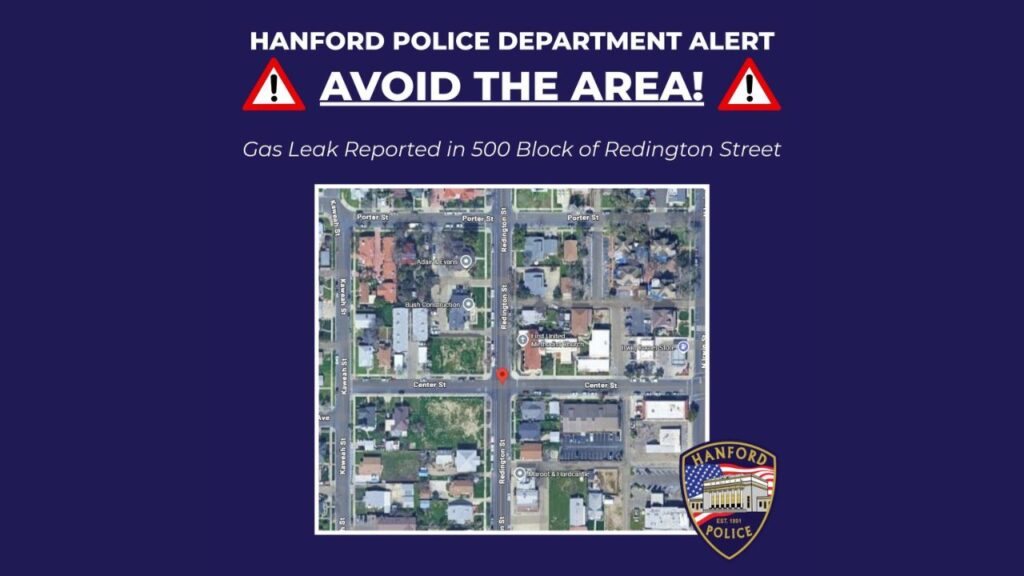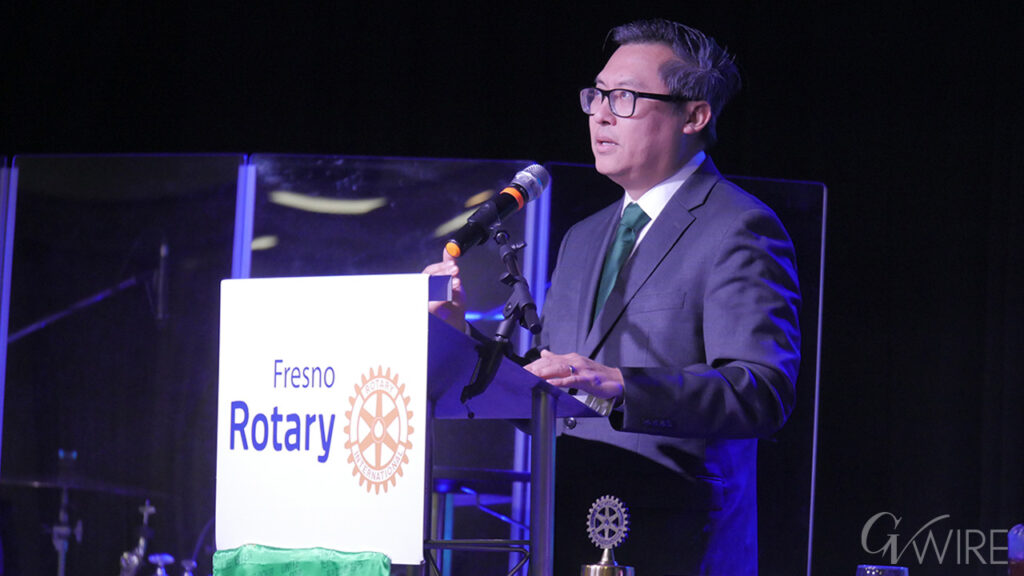Share
Though it’s still early and nearly one-quarter of voters have yet to form opinions on the race, it appears that Democrats Gavin Newsom and Antonio Villaraigosa will duke it out to become California’s next governor.
The two Democrats are running a close race among likely voters in the gubernatorial primary, according to a statewide survey released Wednesday night by the Public Policy Institute of California.
PPIC polling also indicated that:
- Sen. Dianne Feinstein leads fellow Democrat Kevin de León, state Senate president pro tem, by a wide margin with a large number of likely voters saying they know little or nothing about de León.
- Voters are closely divided on the gas tax repeal and changes to Proposition 13.
- Immigration is the top issue for state leaders to address.
- Californians approve of Gov. Jerry Brown’s performance and his proposed budget.
- Voters hold President Donald Trump and Congress in low regard.
The Race for Governor
Newsom (23%) and Villaraigosa (21%) are the top two candidates in the June primary to succeed the termed-out Brown, with 24 percent of likely voters undecided.
Fewer would vote for Democrat John Chiang (9%), Republican Travis Allen (8%), Republican John Cox (7%), Democrat Delaine Eastin (4%), or Republican Doug Ose (3%). Results were similar in December, before Ose entered the race, with Newsom (23%) and Villaraigosa (18%) in the lead.
“Two Democrats are in a virtual tie in the top-two gubernatorial primary. But a quarter of likely voters are undecided — as many as support either of the front-runners,” said Mark Baldassare, PPIC president and CEO.
Most likely voters (54%) are satisfied with their choice of candidates in the gubernatorial primary. But there are strong partisan differences: 71 percent of Democrats are satisfied, compared to 38 percent of Republicans and 44 percent of independents. Only about a third of likely voters say they are following news about the gubernatorial candidates very closely (7%) or fairly closely (23%).
Before being asked about the primary election, likely voters were asked for their impressions of the gubernatorial candidates. They were given each candidate’s name and commonly used title because official ballot titles have not yet been announced. While 40 percent have favorable opinions of Newsom, California’s lieutenant governor, and Villaraigosa, former Los Angeles mayor, majorities say they have no opinion or have never heard of Allen, Chiang, Cox, Eastin, or Ose. Villaraigosa’s favorability rating among likely voters is up slightly from December (40% today, up from 31%).
The U.S. Senate Race
As Feinstein seeks a fifth term in the US Senate, she leads de León (46% to 17%), with a third of likely voters (33%) undecided. (The PPIC survey includes only candidates with significant news coverage and resources.) Two-thirds of Democratic likely voters (67%) support Feinstein, 19 percent support de León, and 13 percent are undecided. With no prominent Republicans in the race, about two-thirds of Republican likely voters (65%) are undecided. Among independent likely voters, 41 percent favor Feinstein, 16 percent favor de León, and 39 percent are undecided. Feinstein leads de León by double digits across regions and racial/ethnic groups, and among men (39% to 16%) and women (51% to 18%).

Sen. Dianne Feinstein leads state Senate President Pro Tem Kevin de León 46% to 17%, with 33% undecided, in PPIC poll.
Gas Tax Repeal & Proposition 13 Changes
Likely voters are divided (47% favor, 48% oppose) when asked whether they favor repeal of the recently passed increase in the state gasoline tax, a measure that could be on the ballot this fall. Majorities of Republican (61%) and independent (52%) likely voters favor repeal, compared to 39 percent of Democratic likely voters.

Poll indicates 48% of likely voters oppose gas tax repeal.
Support for this proposal is at its lowest point among likely voters since PPIC began asking about it in January 2012 (60% in favor). Today, a majority of Democratic likely voters (53%) are in favor, compared to 45 percent of independent and 34 percent of Republican likely voters. Support is similar among homeowners (47%) and renters (44%).
Overwhelming Support for Dreamers
Californians name immigration as the most important issue for the governor and Legislature to work on this year (20% all adults, 23% likely voters). Other issues are named by less than 10 percent of residents (9% jobs, economy; 8% education, schools, teachers; 7% state budget, deficit; 6% infrastructure). Immigration is the most frequently named issue across the state’s major regions and across partisan groups (28% Republicans, 20% Democrats, 18% independents).

PPIC Poll: 23% of likely voters say immigration is California’s top issue.
Overwhelming majorities (85% adults, 81% likely voters) favor the protections given by DACA, the Deferred Action for Childhood Arrivals program, to undocumented immigrants brought to the US as children. Majorities of state residents across parties, regions, and demographic groups favor the program, which President Trump has announced will end.
“Californians across regions are most likely to name immigration as the top issue facing California today, and majorities across party lines are in favor of the DACA protections,” Baldassare said.
Divided Views of Legislative Leaders’ Actions on Sexual Misconduct
Nearly half of adults (46%) are closely following news about sexual harassment and misconduct in the legislature. Likely voters are even more likely (59%) to be following news of this issue —much larger than the percentage following news about the gubernatorial candidates (30%).
Californians are divided in their views about how Democratic leaders in the legislature are addressing sexual harassment (39% adults approve, 36% disapprove; 38% likely voters approve, 38% disapprove). Democrats (52%) are far more likely than independents (28%) or Republicans (18%) to approve. Women and men have similar views: 40 percent of women and 38 percent of men approve of Democratic leaders’ handling of the issue.
“Many Californians are closely following news about sexual misconduct in the state Legislature, and they are divided about how Democratic leaders are handling this issue so far,” Baldassare said.
Majorities Approve of Brown, Proposed Budget
As Jerry Brown begins his final year as governor, 56 percent of adults and 57 percent of likely voters approve of the way he is handling his job. An overwhelming majority of Democrats (76%), nearly half of independents (47%), and a quarter of Republicans (26%) approve of the governor’s job performance.

56% of adults in California like Gov. Jerry Brown’s job performance.
Half of Californians (51% adults, 50% likely voters) approve of the job the legislature is doing. Most Democrats (69%) approve, while far fewer independents (37%) and Republicans (24%) express support. Will the governor and legislature be able to work together and accomplish a lot in the next year? Most (60% adults, 58% likely voters) say yes.
Low Ratings for Trump, Congress
Far fewer Californians (29% adults, 27% likely voters) say that President Trump and the US Congress will be able to work together and accomplish a lot in the next year. At the close of the president’s first year in office, his approval rating in California is 26 percent among adults and 32 percent among likely voters.
Note: This PPIC Statewide Survey was conducted with funding from the James Irvine Foundation, the California Endowment, and the PPIC Donor Circle. Findings are based on a telephone survey of 1,705 California adult residents, including 1,194 interviewed on cell phones and 511 interviewed on landline telephones. Interviews took place from Jan, 21–30, 2018. Interviews were conducted in English or Spanish, according to respondents’ preferences.
The sampling error, taking design effects from weighting into consideration, is plus or minus 3.2 percent for all adults, plus or minus 3.7 percent for the 1,367 registered voters, and plus or minus 4.35 percent for the 1,042 likely voters.



















